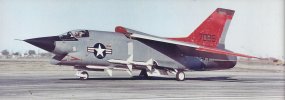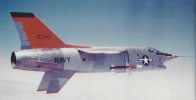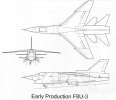Not really a variant, per se, just designed by the same dudes (Ed Heinemann and his band at Douglas) in the same era for a lot of the same requirements.Looks like a variant of an F3D

Install the app
How to install the app on iOS
Follow along with the video below to see how to install our site as a web app on your home screen.
Note: This feature may not be available in some browsers.
-
Please take a moment and update your account profile. If you have an updated account profile with basic information on why you are on Air Warriors it will help other people respond to your posts. How do you update your profile you ask?
Go here:
Edit Account Details and Profile
You are using an out of date browser. It may not display this or other websites correctly.
You should upgrade or use an alternative browser.
You should upgrade or use an alternative browser.
Little known / experimental aircraft
- Thread starter Randy Daytona
- Start date
Good video on the ultimate Corsair, the F4U-5. Did not know that Soviet fighters had to manually adjust mixture in flight?
The first aircraft aircraft produced for the military by Bell was the YFM-1 Airacuda. A 5 person heavy fighter first flown on September 1, 1937, it was designed to hunt bombers. Each nacelle had a 37mm cannon with a loader in front of the 1090 hp Allison engine and pusher propeller. With a top speed of only 277, it was not a successful design- only 13 were produced.
https://en.m.wikipedia.org/wiki/Bell_YFM-1_Airacuda
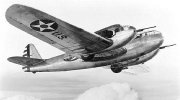
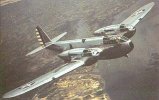
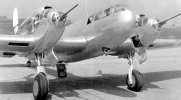
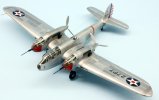
https://en.m.wikipedia.org/wiki/Bell_YFM-1_Airacuda




The 2 airfoils at the aft bottom: any info on how they operated?The loser (to the F4H) in the 1958 fighter competition. Vought F8U-3. "The best fighter that the Navy never bought."
View attachment 42646View attachment 42647
The first Chrysler Hemi was actually an airplane engine, the XIV-2220. making 2,500 HP, it was a liquid cooled inverted V-16 displacing 2,200 cubic inches - although the propeller reduction gearbox was midway in the cylinder banks. Tested on a modified Republic P-47D (in this case called a P-47H) it arrived too late in the war and was not put into production.

 militarymatters.online
militarymatters.online
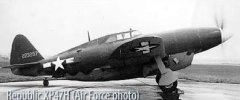
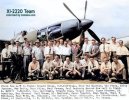
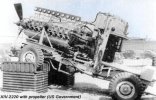
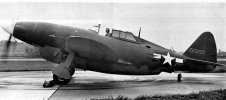


The XP-47H; Shark-Nosed Thunderbolt - Forgotten Aircraft - Military Matters
The P-47 is the definition of the big, radial-engine fighter. What sort of inline engine could fit in such a rotund plane? Hint: A BIG one!
 militarymatters.online
militarymatters.online





Last edited:
Estimated at a very fast 490 mph; but at the same time a lightened P-47J with a more powerful Pratt R-2800 hit a blistering 504 mph.Performance specs?
For a Saturday night: how would the Navy’s Corsairs and Hellcats do against the Luftwaffe’s ME-109s and FW-190s?
The Super Phrog, Boeing Vertol 360.


One of the meanest fighter designs, Ever!Vought F8U-3
For a Saturday night: how would the Navy’s Corsairs and Hellcats do against the Luftwaffe’s ME-109s and FW-190s?
A very interesting question... my gut feeling is that the Hellcat would not have done very well against the Luftwaffe. The Corsair probably better. It was a very different air war in the ETO compared to the Pacific. If the war had lasted longer, the Marine Tigercats and the Navy Bearcats would have done pretty well.
Sorry to quote Tom Cruise, but it’s not the aircraft, it’s the pilot! The average naval aviator of late ‘44 or early ‘45 would have had vastly more experience than the average Luftwaffe pilot. An interesting way to look at it this…the P-51 (and good pilots) proved to be a superior design to German models but the Corsair proved to be superior to the P-51 during the “Football War!” On a more serious note, you can read about the Navy’s analysis (1944) of the two aircraft from the Pax River team here, https://militaryhistorynow.com/2021...-up-between-the-two-fighters/#google_vignette it briefly notes testing that was done against some axis fighters…both the Corsair and Hellcat could turn inside the German models, something the P-51 could not do.A very interesting question... my gut feeling is that the Hellcat would not have done very well against the Luftwaffe. The Corsair probably better. It was a very different air war in the ETO compared to the Pacific. If the war had lasted longer, the Marine Tigercats and the Navy Bearcats would have done pretty well.

